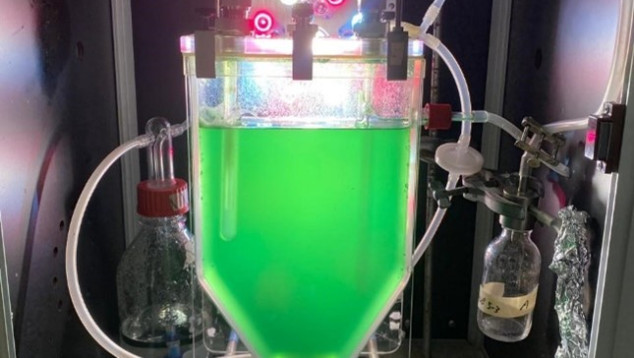Impacts of nutrients and climate change on competition in cyanobacterial blooms
Impacts of nutrients and climate change on competition in cyanobacterial blooms
Aquatic EcologyContact Person:
Droevendaalsesteeg 10
6708 PB Wageningen
Toxic cyanobacteria have become a regular threat to freshwater ecosystems in recent decades. Their proliferation is attributed to various climate change stressors such as increased nutrient levels and higher temperatures. Some blooms can be very toxic and produce high levels of toxins, while others can be completely non-toxic but still proliferate in a similar manner. This depends on the species and on the genotypes that dominate the bloom, which can have different toxicities.
This Master student project will consist of running chemostat experiments with toxic and non-toxic strains of Microcystis aeruginosa and Dolichospermum flos-aquae, two prominent bloom forming species in the Netherlands. The project will include monocultures to characterize the species, as well as competition experiments under different nutrient limitations.
Skills learned:
- Growing cyanobacteria and characterizing them
- Operationalizing and running chemostats (continuous cultures) in competition experiments
- Toxin analysis
- qPCR to quantify the winner(s) of the competition experiments
Duration: 4 months or longer at the Netherlands Institute of Ecology in Wageningen
Start date: 1st of June 2025

